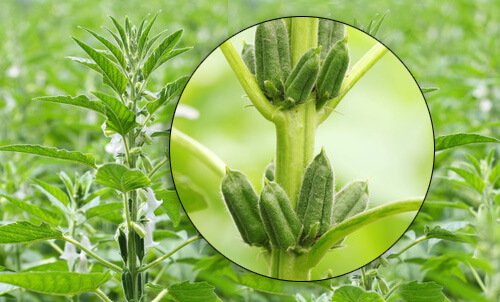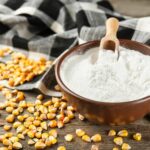All You Need To Know About Sesame Seeds Origin and Cultivation
Sesame is basically a flowering plant many varieties of which occur in Asian and African regions. The sesame crop grows mostly in tropical weather conditions and is used to get edible seeds which are known as sesame seeds. These seeds are one of the oldest known to mankind and were domesticated about 3000 years ago. These seeds are also known for the fact that they have one of the highest oil contents among all seeds. To know more about the origin and cultivation of these seeds, you can go through the following given information.
It is known that the oldest specimens and varieties of the sesame crop were found in the Indian subcontinent in around 2000 BC. According to some other studies and theories, the plant was found in Egypt during archaeological excavations in around 3000 BC. Ever since then the seeds have been pressed to obtain the oil which is used for a variety of purposes. The sesame seeds origin was historically favored by the fact that it was able to grow in even those areas where other crops could not be grown. The sesame crop needs little farming support and a little water as it grows in drought conditions and high heat. This is due to the plant’s extensive root system.
It requires adequate moisture for its early growth and especially for germination. It is true that it grows both in drought type conditions and in excessive water but in both cases, its yield is low. The maximum yield is obtained when there are moisture levels before planting and flowering. If it rains at the time of the harvesting season, then the sesame crop can also get damaged. Wind can also lead to the damaging of this plant. The beginning of the flowering of this crop is rather sensitive to photoperiod as well as to that of the sesame variety. The photoperiod can also have an impact on the content of oil present in sesame seeds. If the photoperiod is increased, then it can also increase the oil content and so on. But the oil content present in the seeds is inversely proportional to the protein content.
The commercial sesame crops which are grown and utilized by agricultural companies like HL Agro require about 90 to 120 frost free days. However, sesame varieties can adapt to different soil types. For example, sesame crop can really grow well in poor soils but the maximum produce comes from those farms that are properly fertilized. The seeds must be harvested as dry as possible because if it is a little too moist then it becomes rancid due to heating up too quickly.






